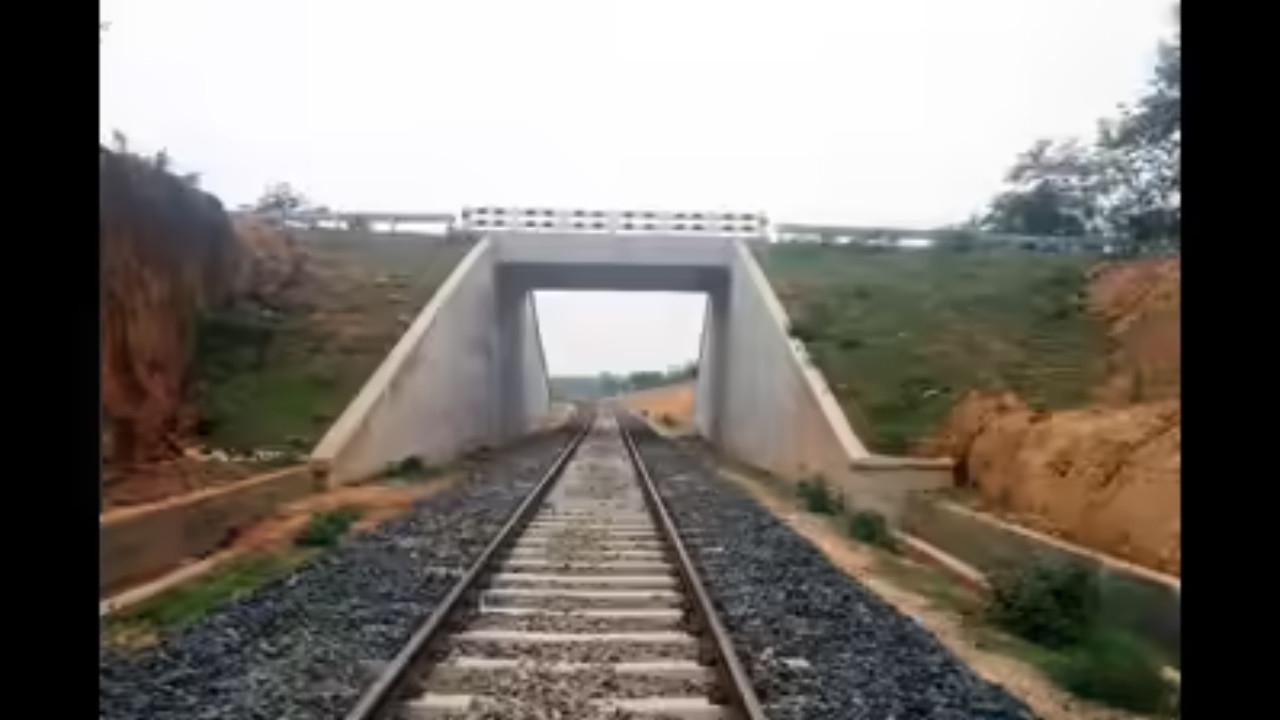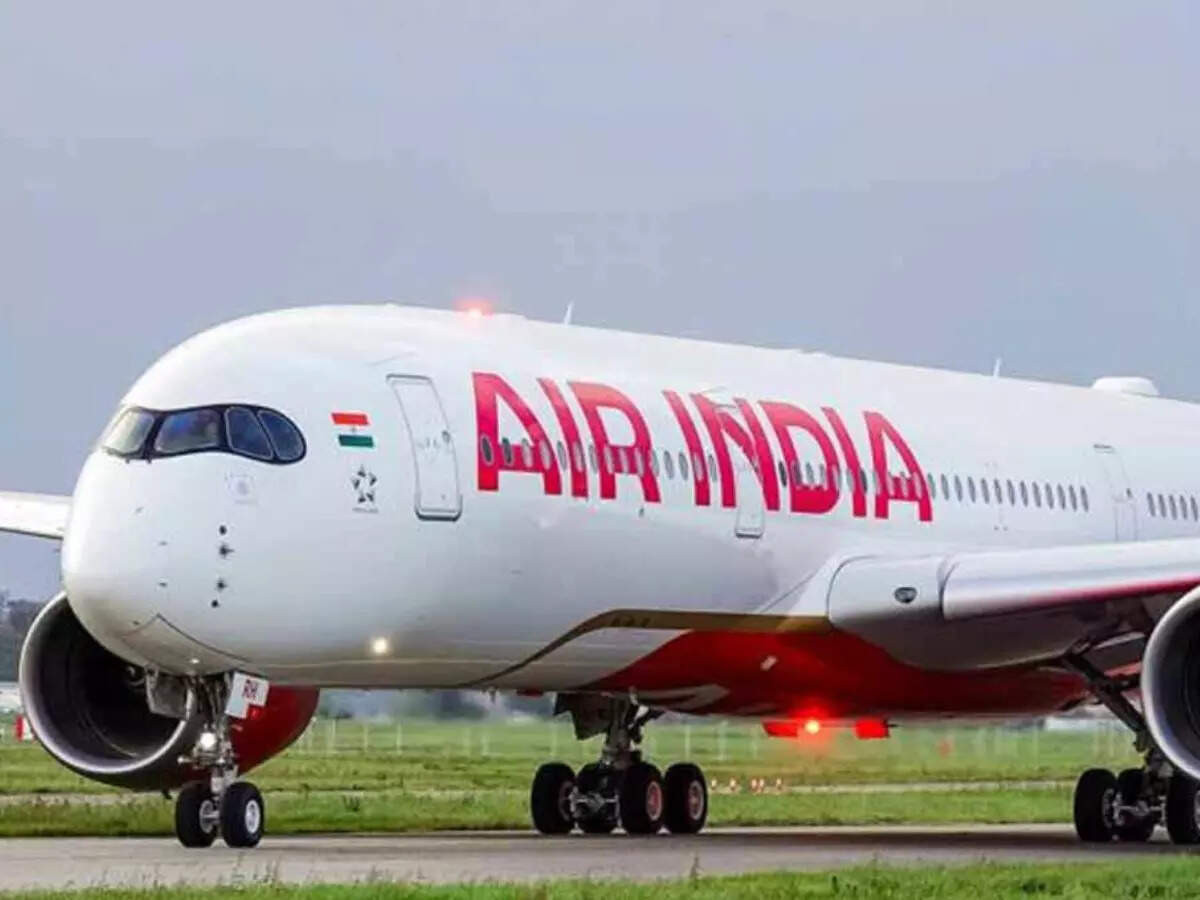Revving Up India’s Infrastructure: A Look at Record Spending
India’s infrastructure engine is humming, and the numbers tell a compelling story. For the first half of the fiscal year (April-September), the Road Transport & Highways and Railways ministries have collectively poured over ₹3.1 lakh crore into capital expenditure (capex). That’s not just a big number; it’s a record, signaling an aggressive push to modernize and expand the nation’s transport networks. But what does this massive investment really mean for India’s future?
Why This Matters: Building Blocks for Growth
Infrastructure isn’t just about roads and rails; it’s the backbone of a thriving economy. Smooth transport networks slash logistics costs, connecting businesses to markets and fueling growth. Think about it: A farmer in rural India can get their produce to a city market faster, a manufacturer can ship goods more efficiently, and commuters can spend less time stuck in traffic. All of this translates to increased productivity and a stronger economy. This record infrastructure development spending is a foundational investment.
The scale of this capex underscores the government’s commitment to infrastructure as a key driver of economic expansion. It reflects a strategic focus on not just building more, but also building better, more efficient, and more sustainable transport systems. This proactive approach is critical to unlocking India’s potential and achieving its long-term economic goals.
Roads and Rails: A Tale of Two Titans
While both ministries are contributing significantly to this record capex, understanding their specific roles provides valuable insight. The Ministry of Road Transport & Highways is focused on expanding and upgrading India’s road network, a vital artery for connecting the country’s diverse regions. This includes building new highways, expressways, and rural roads, as well as improving existing infrastructure to reduce congestion and enhance safety.
The Ministry of Railways, on the other hand, is working to modernize and expand India’s rail network. This involves upgrading existing tracks, electrifying railway lines, and building new freight corridors to improve efficiency and increase capacity. Rail transport is particularly important for moving large volumes of goods across long distances, playing a crucial role in supporting industries like manufacturing and mining.

The synergy between these two ministries is crucial. Efficient roads complement a robust rail network, creating a comprehensive transport ecosystem that supports seamless movement of goods and people. This integrated approach is essential for optimizing logistics and driving economic growth across the country.
Beyond the Numbers: The Ripple Effect
The impact of this massive infrastructure investment extends far beyond the immediate construction projects. It creates jobs, stimulates demand for raw materials, and fosters innovation in the construction and engineering sectors. These secondary effects contribute to a virtuous cycle of economic growth, boosting incomes and improving the overall standard of living.
Moreover, improved infrastructure can also attract foreign investment, as businesses are more likely to invest in countries with efficient transport networks. This influx of capital can further accelerate economic development, creating even more opportunities for growth and prosperity. See how better infrastructure could help boost India’s manufacturing sector.
Challenges Ahead: Navigating the Road to Progress
While the record capex is certainly positive news, it’s important to acknowledge the challenges that lie ahead. Efficient project execution, land acquisition hurdles, and environmental concerns are all factors that can potentially delay or derail infrastructure projects. Ensuring transparency and accountability in project management is crucial for maximizing the impact of these investments and preventing cost overruns.
Furthermore, maintaining and upgrading existing infrastructure is just as important as building new projects. Neglecting maintenance can lead to premature deterioration, reducing the lifespan of infrastructure assets and ultimately undermining their economic benefits. A proactive approach to maintenance and rehabilitation is essential for ensuring the long-term sustainability of India’s infrastructure investments.
Investing in India’s Future
The record capex by the Road Transport & Highways and Railways ministries is a testament to India’s commitment to infrastructure development. This massive investment is not just about building roads and rails; it’s about laying the foundation for a stronger, more prosperous future. By improving connectivity, reducing logistics costs, and creating jobs, this infrastructure push has the potential to unlock India’s economic potential and transform the lives of millions. While challenges remain, the scale of the investment and the strategic focus on building a comprehensive transport ecosystem offer a compelling vision for India’s future.







